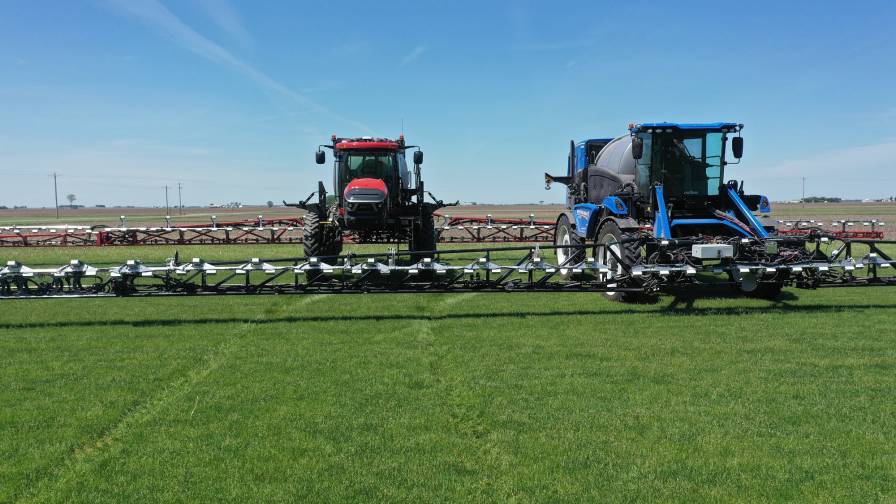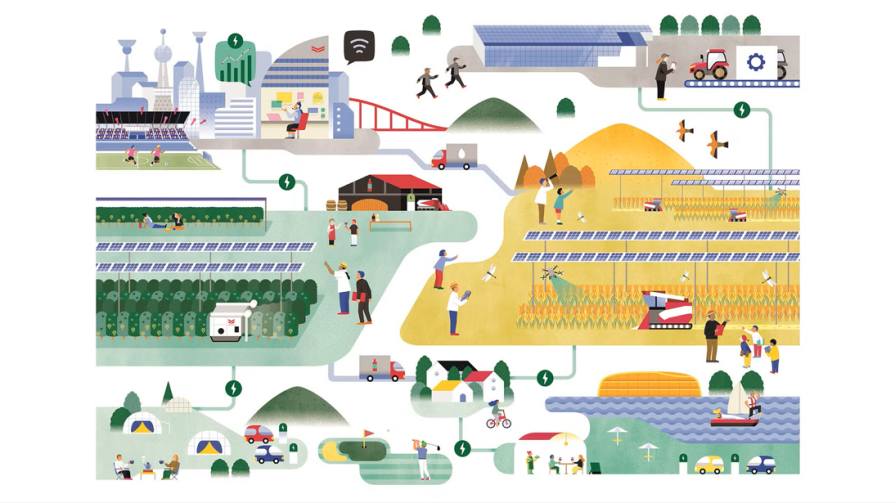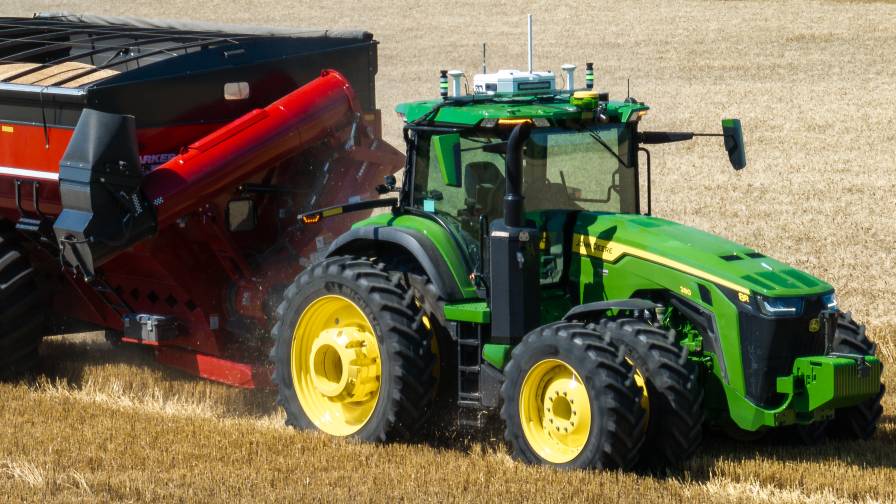The Critical Role of Insulation in Sustainable Agriculture Practices

Sustainable food production focuses on minimizing environmental impact, conserving resources and ensuring long-term viability. Insulation perfectly aligns with these goals by reducing fossil-fueled energy consumption and protecting crops and livestock from external climate factors.
As the agriculture sector attempts to mitigate its immense carbon footprint, insulation will play a vital role in contributing to its overall sustainability and efficiency.
Insulation in Crop Production
Insulation in agriculture encompasses a range of methods for achieving and maintaining optimal growth conditions. By limiting heat transfer and regulating indoor temperatures in greenhouses, hoop houses and silos, farmers can enhance crop yields and minimize losses — two critical tenets of sustainable practice.
In addition to creating a stable microclimate for favorable plant development, insulation directly impacts processes like photosynthesis and plant water balance. Its thermal regulation abilities influence humidity levels, which is essential for controlling evaporation in crops. According to a recent study, boosting air humidity by 10% resulted in 10% longer leaves in lettuce plants.
MORE BY ELLIE GABEL
The Future of Precision Irrigation: 4 Technologies Making Watering Systems More Efficient
Smart Methods for Securing Sources of Clean Water in Sustainable Food Production
These findings are an excellent platform for exploring other exciting potential benefits of leveraging insulators to enhance growth conditions.
Crops and animal feed greatly benefit from insulated storage facilities. Creating a thermally regulated storehouse ensures the produce will not spoil prematurely or sustain severe damage from extreme outdoor temperatures. This limits waste and reduces energy costs in storage processes.
The Best Agricultural Insulation Materials
The choice of materials is crucial in achieving effective thermal regulation. Over the years, common resources like straw and hay have given way to more advanced insulation systems designed for specific applications.
Agrotextiles
Natural agriculture textile fibers like jute, coir, sisal, and hemp are widely used to insulate various farm structures immediately after sowing or planting. These materials play a key role in controlling crop production environments and eliminating climate variabilities. They are lightweight and offer excellent solar radiation resistance.
In extreme climatic conditions, high-performance synthetic fibers such as polyethylene and nylon may be used to augment the insulating properties of agrotextiles. These resources are more durable and provide greater weather resistance.
Aerogels
Aerogels are low-density porous materials derived from gels. Thanks to their low thermal conductivity, aerogels can handle applications as hot as 1200 degrees Fahrenheit and remain unfazed when exposed to highly humid conditions. This makes them suitable for insulating most indoor farming environments, promoting optimal crop growth and providing passive fire protection.
These materials may also be used in non-toxic pest control applications — another nod to sustainable practices. Their unique composition creates a solid physical barrier that can keep out bugs and insects. When coated with special entomopathogenic treatments, they become even more effective at repelling pests without relying on harsh chemicals.
Phase Change Materials (PCMs)
PCMs are composites that absorb and release heat during phase transitions, maintaining stable temperatures within structures like greenhouses or storage facilities. In this way, these systems help regulate thermal conditions, reducing energy consumption for heating and cooling. A recent study shows that PCMs can reduce indoor cooling requirements by up to 15% during the summer months.
By utilizing these insulation materials, farmers can enhance crop growth, protect livestock and improve overall energy efficiency in agricultural operations. Their ability to store and release energy at specific temperatures makes them a sustainable solution across multiple industries.
Biological Insulation
Biological insulation leverages living organisms to create microclimates that benefit crops and livestock. Examples include planting cover crops like clover or rye to protect soil from temperature extremes and improve fertility. Another option entails planting trees or shrubs strategically to shield crops from harsh winds and minimize heat loss.
Insulation and Sustainable Agriculture Work Hand in Hand
Agricultural systems of the future require more sustainable practices to support the food demands of a growing population. Insulation is essential to achieving this goal by creating a controlled environment for optimal crop growth and produce storage. These systems help improve yields and limit waste, both of which tie into green farming principles for resilient food security.










